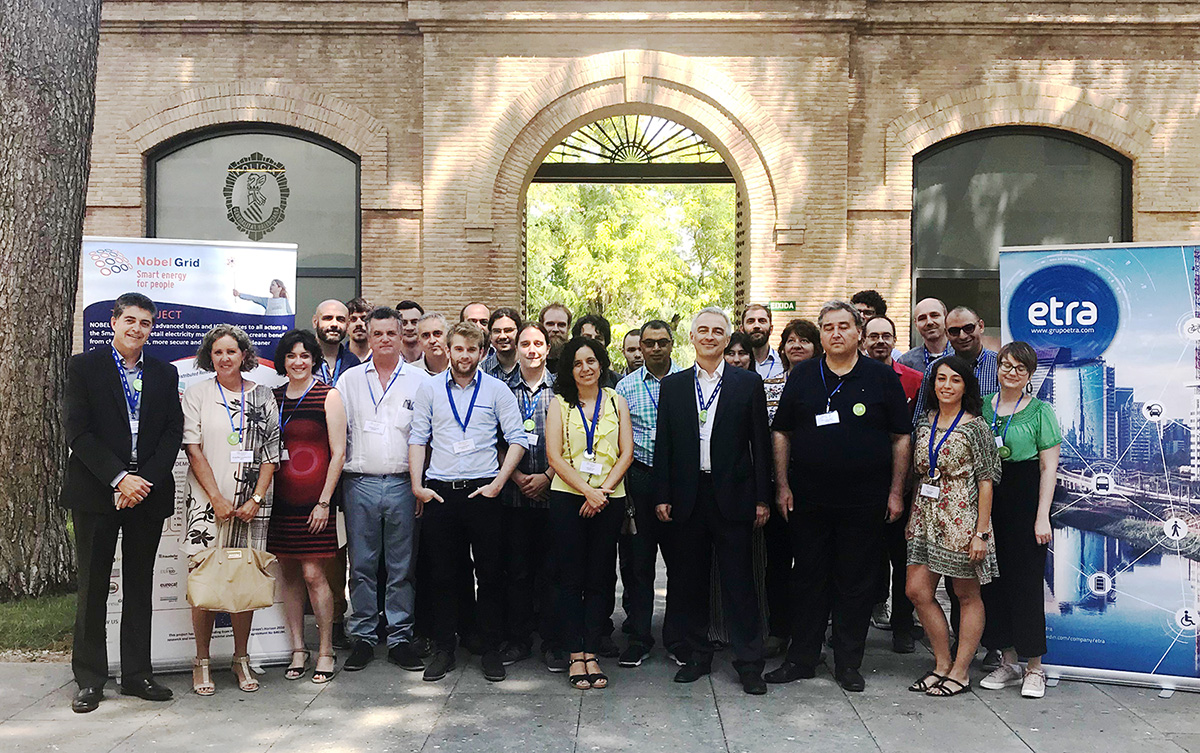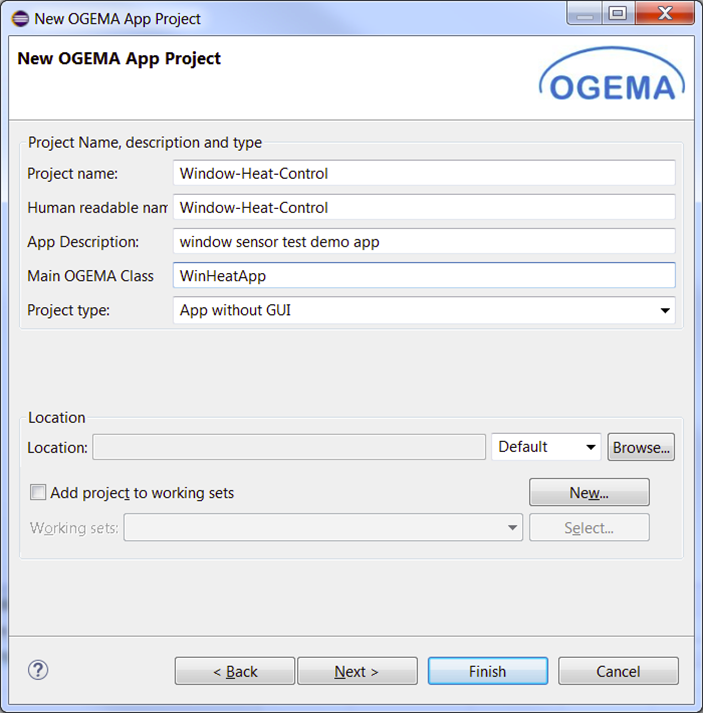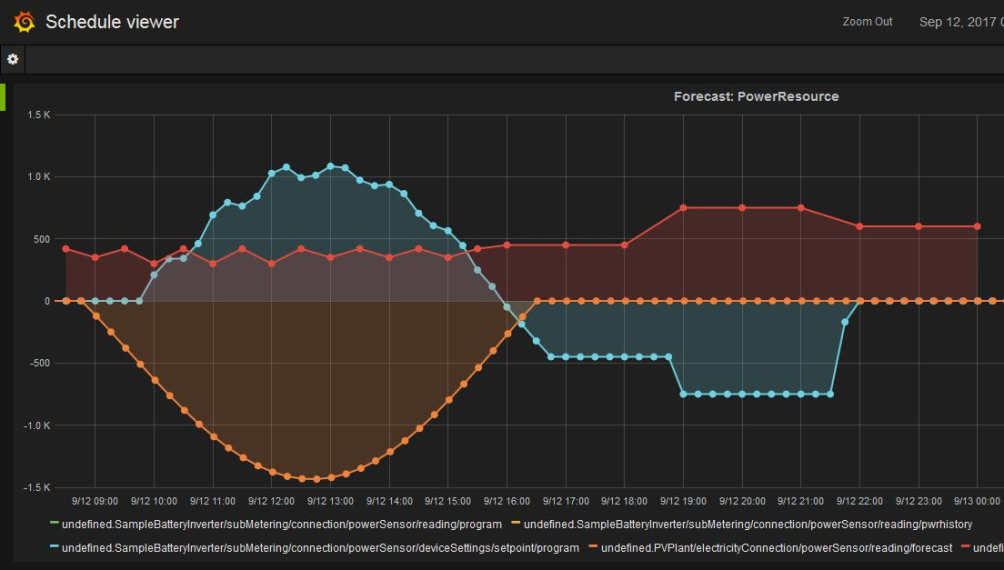NOBEL GRID
Flexible and software based infrastructures for smart grids
Which infrastructures are needed for cost efficient smart grid integration of energy consumers with controllable loads and prosumers with renewable generators? The challenge to answer this question was taken by an interna-tional consortium with participation of Fraunhofer IEE in the last three and a half years in a research- and demonstration project, which was funded by the European Union with 11.7 Mio. €. The final results were presented to the pub-lic at July 25th 2018 in Valencia, Spain.



The project consortium included 24 partners from eleven European countries1, including grid operators, research institutions, SMEs and renewable energy cooperatives. Led by the Spanish ETRA group, the consortium developed an infrastructure based on three fundamental software components. With this, energy consumers with controllable loads and prosumers with renewable generators can be cost efficiently integrated into smart grids. The developed software tools are designed to be used by energy providers, aggregators, distribution system operators, and end customers. With the prototypical realization, it was demonstrated that complex smart grid functions can be implemented as modular software components if a standardized, universal and flexible infrastructure is available. The results from NOBEL GRID were demonstrated at five pilot test sites in Spain, England, Belgium, Greece and Italy.
Demand Response Flexible Market Cockpit
The first component, the „Demand Response Flexible Market Cockpit“ (DRFM), is a tool with which energy providers and aggregators can estimate flexibilities of controllable loads and generators, and use them for energy market or grid related services. With the DRFM, manual and automatic demand response campaigns can be triggered – e.g. by setting incentives using variable electricity tariffs.
Grid Management and Maintenance Master Framework
The second component is named „Grid Management and Maintenance Master Framework“ (G3M) and allows network operators to use flexibilities determined through the DRFM. G3M is designed to be used within the network operator’s control center and also allows supervising the network state. The latter is done based on information from smart meters, which were also developed and certified in the project.
Energy Management and Analysis App
The third component named „Energy Management and Analysis App“ (EMA App) comprises a central software that processes metering and measurement data. It provides the data via a web- and smartphone-based user interface to the end customers. The EMA App evaluates and visualizes energy consumption and local generation. It also announces demand response incentives to the end users, e.g. bonus tariffs for manual demand reduction offered during demand response campaigns organized through the DRFM.
Smart Low-Cost Advanced Meter and Smart Meter Extension
One of the project’s main results is a new generation “Smart Low-Cost Advanced Meter” (SLAM), which provides advanced services for all smart grid actors, putting the consumer at the center. The SLAM combines a metrology meter and a „Smart Meter Extension“ (SMX) into a single multi-functional device. The metrology part is a single-phased four-quadrant Class B / Class 2 meter which not only allows recording billing relevant energy consumption, but also supports real-time monitoring of power quality. The SMX part is a residential gateway with high flexibility to accommodate new functionalities by software upgrades. Hence, the SMX supports adding new smart grid and smart energy services during its lifetime. It also serves as connection between DRFM, G3M and EMA App and controllable loads and generators. The SLAM provides a variety of wide-area communication protocols, including DLMS/COSEM, IEC 61850, OpenADR and MQTT. It complies with the European measuring instruments directive (EN 50470-1 and 50470-3).
Development kit for modular smart grid functions and communication drivers
In the project, Fraunhofer IEE was i.a. responsible for the development of data interfaces for the SMX. This task included the development of communication drivers for information exchange with PV/battery inverters developed in the project as well as central components. A main result is the further development of Fraunhofer’s OGEMA platform, the operating system for automatic building and energy management. OGEMA is available as open source system in version 2.1.3 and enables modular bundling of different communication protocols and functionalities within commercial, private and public buildings as well as industrial processes. New communication drivers and functions can be downloaded as „Apps“ from an OGEMA-Appstore. With the new „Software Development Kit“ (SDK), which was designed in NOBEL GRID and is also publicly available, developers obtain a tool for realizing Apps and drivers more quickly and effectively.
Software based Smart Grids
In project NOBEL GRID, Fraunhofer IEE used the OGEMA SDK to implement communication drivers and functionalities for the SMX. These allow for control of PV/battery inverters for self-consumption optimization, while at the same time enabling usage of PV/battery system flexibilities by energy providers and grid operators through the DRFM. With the prototypical realization, it was shown that such complex smart grid functions can be implemented as modular software components if a standardized, universal and flexible infrastructure is available. The results from NOBEL GRID were demonstrated at five pilot test sites in Spain, England, Belgium, Greece and Italy.
_____________________________________________________________________________________
Project NOBEL GRID was funded by the research- and innovation program Horizon 2020 of the European Union under Grant Agreement No. 646184. The sole responsibility of this publication lies with the author. The European Union is not responsible for any use that may be made of the information contained therein.
______________________________________________________________________________________
[1] Spain, Portugal, England, Germany, Belgium, Sweden, Italy, Austria, Netherlands, Greece und Romania
More project related information:
Last modified: